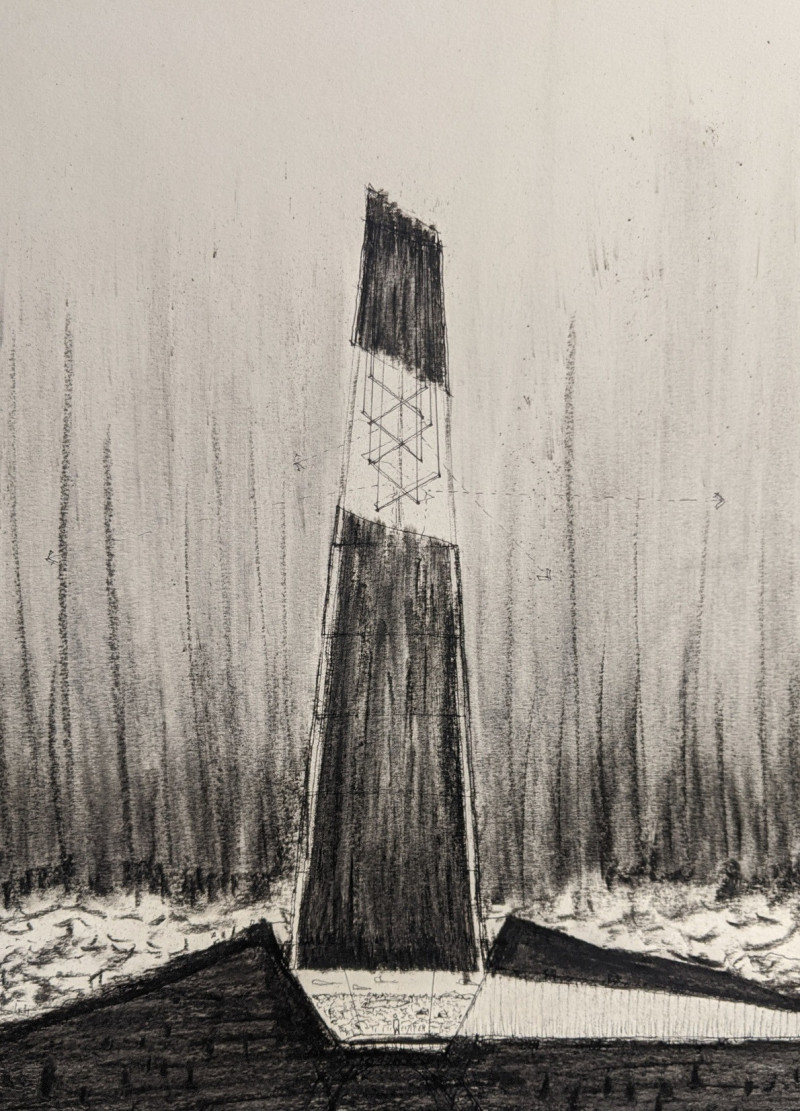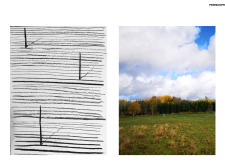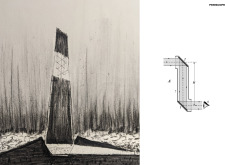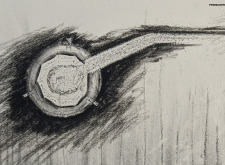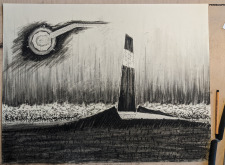5 key facts about this project
The design centers around the concept of "PERISCOPE," which brings together ideas of observation and interaction with the environment. Located in a context that stimulates exploration, the building features vertical structures and varied geometrical forms. This architecture is intended to engage users, creating a connection between the space and its surroundings and opening up a unique experience.
Design Concept
The architectural approach reflects a careful balance of verticality and spatial organization. The first sketches show horizontal lines combined with vertical markings, creating a defined geometrical relationship that shapes the design. This layered concept allows for multiple functions and interpretations and emphasizes the value of perspective in the architecture.
Structural Elements
A notable feature is the tall structure that appears prominently in the design, equipped with a unique pattern at its top and set against a contrasting background. This feature acts as a visual centerpiece while underlining the theme of observation. With its height and form, the structure encourages users to connect with their surroundings, providing a visual link to the outside world.
Spatial Configuration
An overhead view reveals an octagonal base that includes a protruding arm, suggesting innovative areas within the design. This geometric shape promotes interaction and exploration, aiding varied circulation patterns throughout the space. The octagon enhances community interaction, inviting users to engage deeply with the building.
Form and Harmony
The integration of various design elements is clear in the final illustration, which showcases how the tall structure connects to a rounded base. This relationship creates a harmonious mix of forms, contributing both visual appeal and structural strength. The contrast between the different shapes directs focus and encourages movement within and around the architecture.
The varied geometries contribute to an engaging structure that lends itself to both function and user experience, enhancing the relationship between the building and its environment in a meaningful way.


